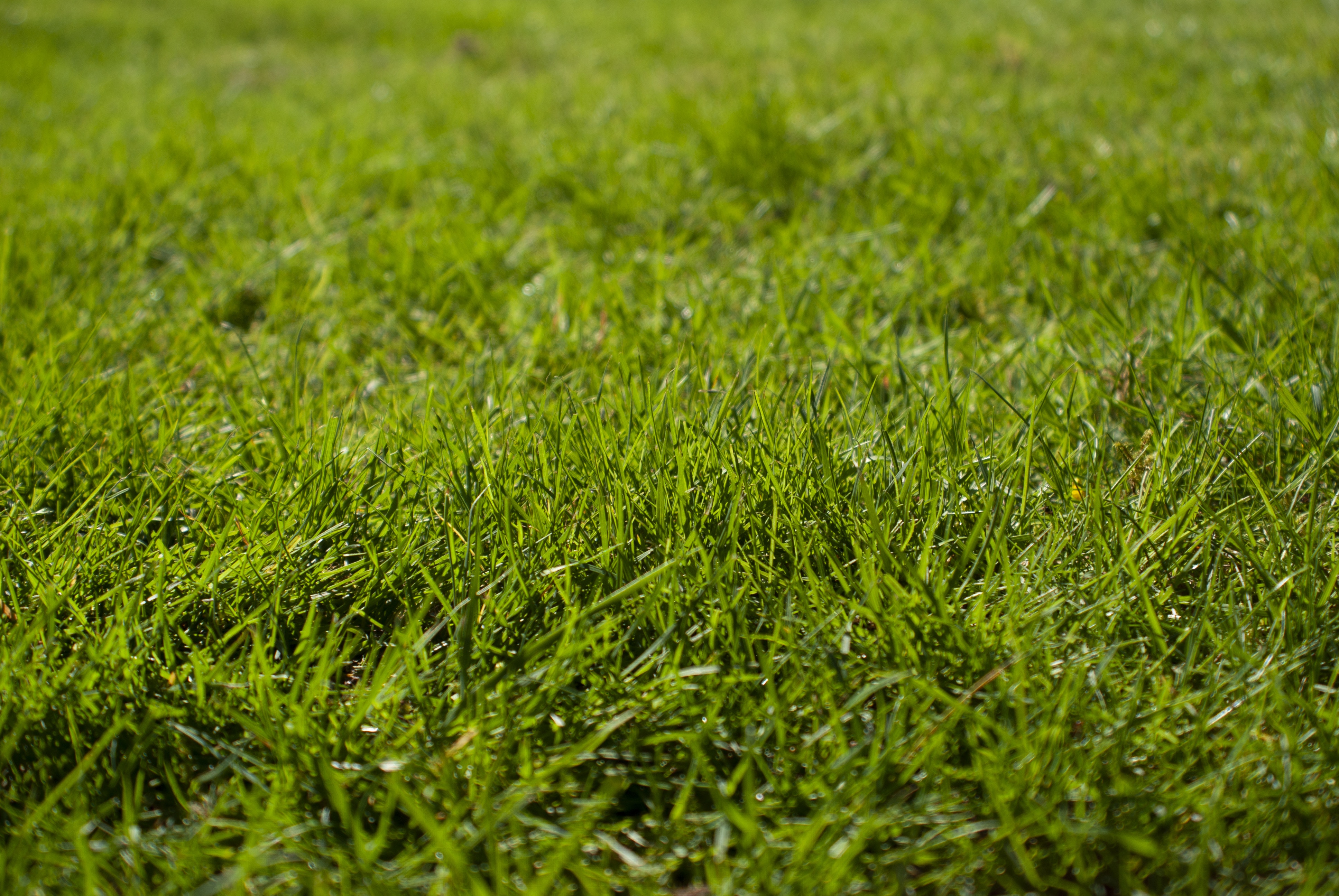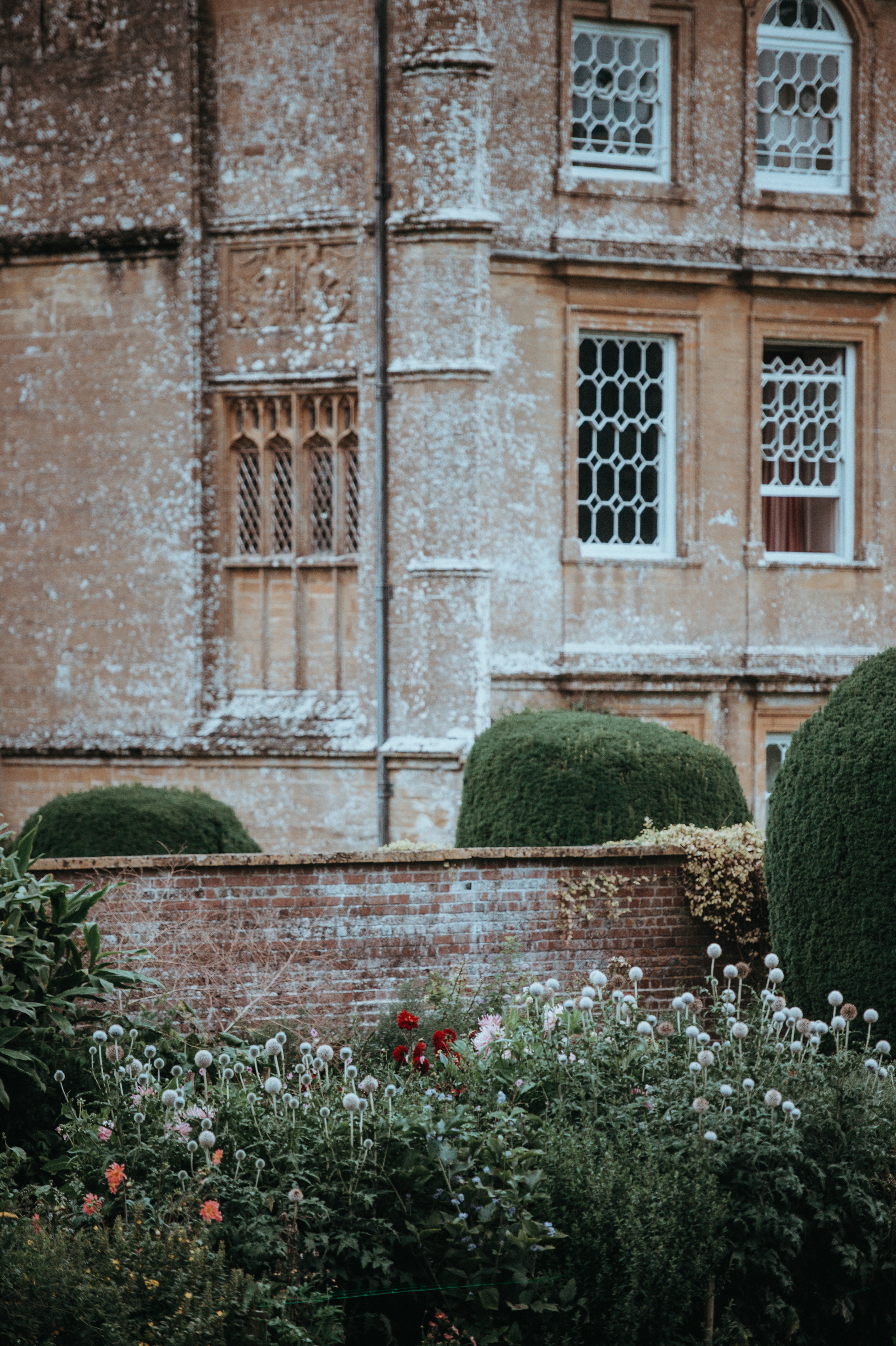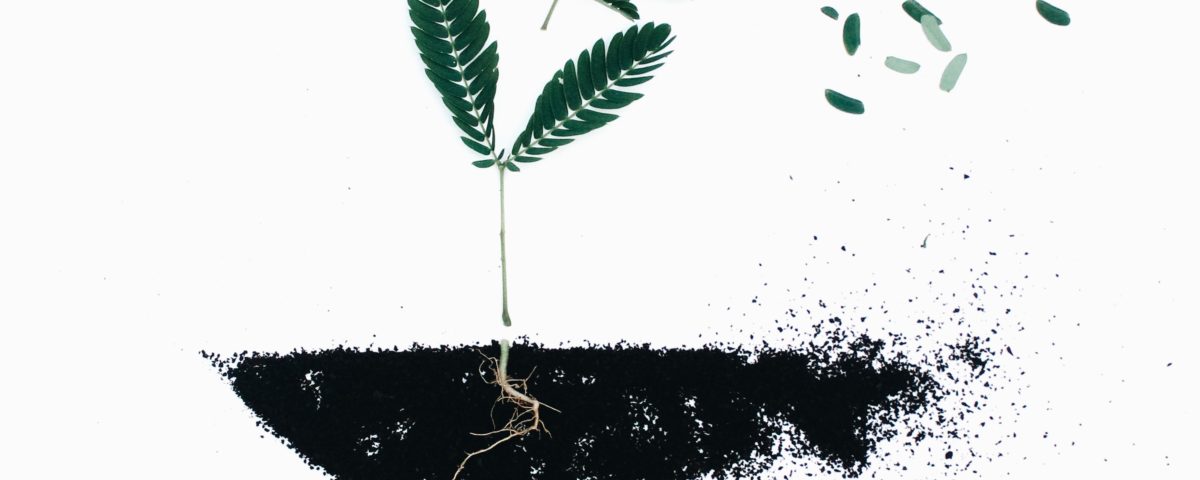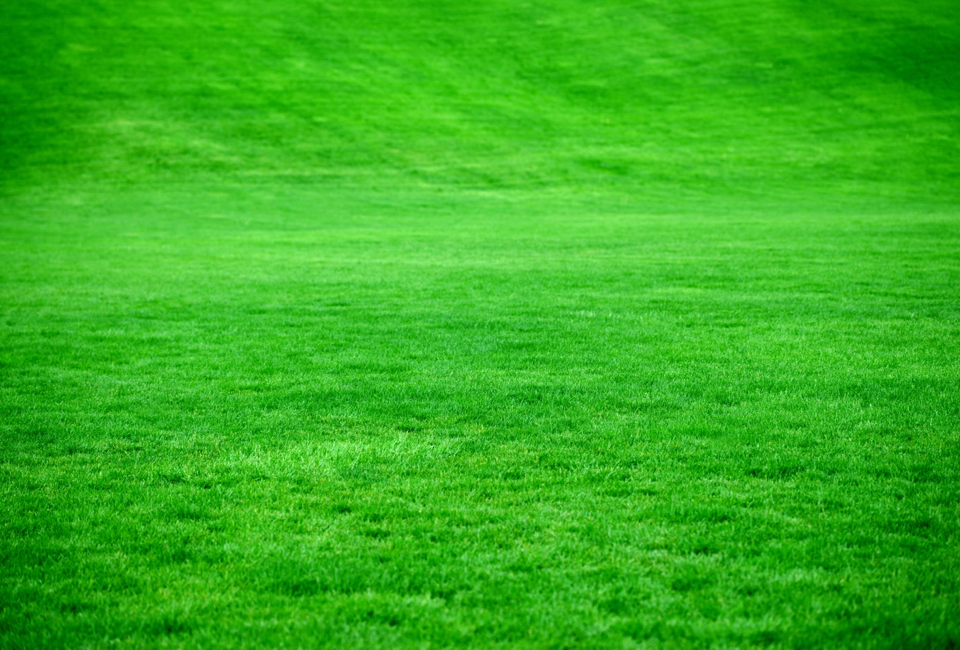
The Best Types of Grass to Choose for Your Lawn
April 3, 2019
The Best Way to Trim Your Bushes
April 3, 2019If you’ve ever taken on a gardening or landscaping related project before, you know how important choosing the right products to help out with the job can be. There are tons of different landscaping products out there to choose from, which is why when you find one that really works, you keep coming back to it. Mulch and topsoil are without a doubt two of the most valuable landscaping products on the market. The soil on your landscaping is a delicate variable, which is why both of these products are so essential. We have been in the landscaping products business for decades, which is why we’ve prepared the following article that provides details about these two incredible tools for landscapers. Remember to reach out to Cal Blend Soils Inc. for the best in landscaping products like mulch and topsoil.
What is Mulch?
Mulch is a term that refers to materials are used to spread around a plant or over a plant in order to enrich its soil. If you’ve ever had a garden or yard before, you likely have used mulch to help the plants in that area grow and flourish. It’s common for people to usually choose from two main types of mulch, organic mulch, and inorganic mulch. Let’s take a look at the main differences between the two below.
Organic Mulch
Organic mulch comes in a lot of different forms. They are materials that decompose over a period of time to improve the quality of a certain area’s soil, drainage, structure, and nutrients. The thing to remember about organic mulch is that its materials are constantly decomposing, which means you will need to keep an eye on it and replenish it when necessary. The majority of landscape professionals go with organic mulch on their jobs because of the great benefits that they provide to the soil. Some of the classic examples of organic mulch are compost mixes, bark, evergreen needles, newspapers, leaves, hardwood chips, and softwood chips.
Inorganic Mulch
If you invest in inorganic mulch, the good news is that you won’t really have to replace it. That’s because inorganic mulch is made from materials that don’t decompose. This type of mulch isn’t really intended to improve the soil that it’s placed on. It’s more for aesthetic effects and keeping weeds at bay. Some of the well-known examples of inorganic mulch are stones, rocks, lava rocks, rubber, and crusher dust. Inorganic mulch can add a very unique feel to an area of landscape and can also absorb and reflect heat. Those heat-related properties can provide benefits for areas that you want to plant fruits and vegetables during the spring, as inorganic mulch can heat the soil up.
Mulch can benefit your landscaping in a variety of different ways. One of the primary benefits of using organic mulch is that it promotes healthy soil. As the organic materials decompose, tons of nutrients are released into the soil below that plants absolutely love. Using mulch can also help to prevent erosion and keep water trapped in the soil. It literally helps to reduce the impact of falling rain so that your soil doesn’t wash away. Mulch is literally a barrier that can stop weeds from growing in and taking over the landscaping area. Specific types of mulch have natural oils and fragrances that pests absolutely hate. The best type of mulch for counteracting pests is usually cedar bark thanks to a special insect repelling oil.
What is Topsoil?
Topsoil is a term that describes an upper layer of dirt that contains a mixture of soil types. It’s typically a little bit darker than the normal dirt that lies underneath. Topsoil is great because it is easy to work with. It has a soft consistency that makes gardening and landscaping projects a breeze. Topsoil typically consists of three different types of soils. Clay will be a big part of topsoil and can provide lots of great nutrients that will help gardeners and commercial landscapers grow the plants that they want. Sand is another key ingredient that is found in topsoil. Sand is typically regarded to be low in nutrients, but it allows for water to easily drain which is a good thing for plants. Last, silt is another soil type that makes up topsoil. Silt is usually very high in the nutrients that plants love. Combining the right proportions of sand, clay, and silt make up the perfect topsoil.
As we mentioned above, topsoil offers a soft consistency that is easy to work with for any type of gardening or landscaping project. Maybe one of the best qualities of topsoil is that it is nutrient-rich. That means it’s filled with the nutrients that plants really love. Your plants will really flourish and thrive with high-quality topsoil. Many people think that if the soil in their garden or land is already rich in nutrients, topsoil simply is not necessary. That’s actually a myth. Topsoil can help replenish nutrients in a garden or area of land and keep it full of plant life. The best topsoil will help plants grow and experience sustained good health for a long time. The nutrients in topsoil are normally provided by organic matter like foliage, worms, insects, and microorganisms. All of these things contribute to a nutrient-rich and high-quality topsoil. It doesn’t matter what type of project you are working on, if it involves plants and landscaping, topsoil is always important.
We hope this article has given you some valuable insight into two of the best landscaping products on the market, mulch and topsoil. If you are interested in hearing more about what these products can do for your landscaping or if you already know they are right for you, contact Cal Blend Soils Inc. today.


